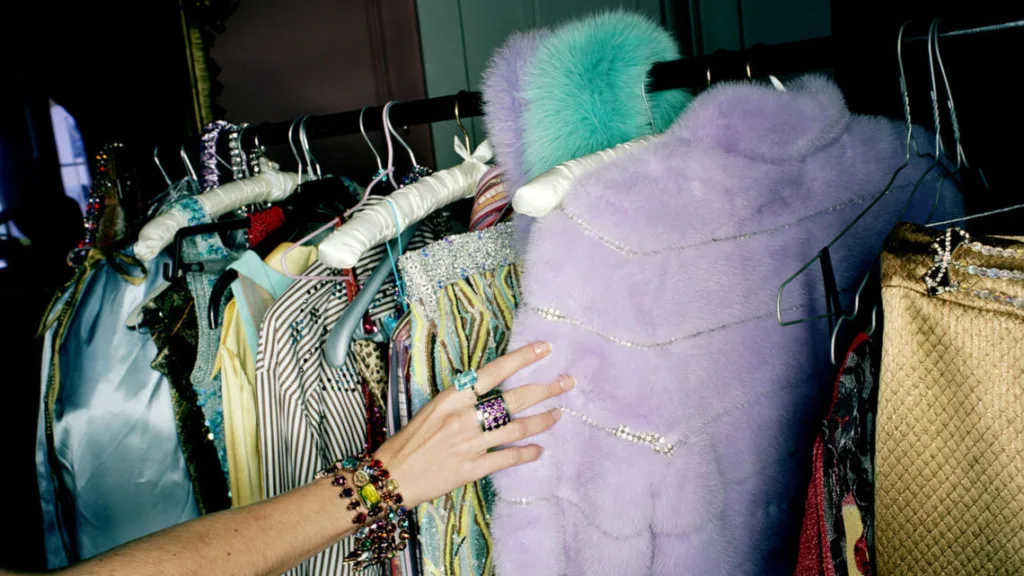Authors
Irene Martinetti, Manager, Circular Economy, WBCSD & Elisabetta Rocchi, Associate, Circular Transition Indicators, WBCSD
The call to action is loud and clear. In May, Global Fashion Agenda’s CEO, Federica Marchionni declared: “Every company must depart from business as usual” at the Global Fashion Summit, spotlighting the need for the fashion industry to take sustainability to “the next level” to meet 2030 and 2050 sustainability targets.
In the meantime, the industry continues to lose USD 460 billion annually due to a lack of recycling and garments thrown away in landfills (UNEP, 2023); and, USD 65 billion in apparel exports remain at risk due to climate-change related events including flooding and extreme heat (BoF and McKinsey, 2023).
Good reasons to be optimistic
However, there are good reasons to be optimistic. Innovative circular business models including resale, rental, repair, and remaking have the potential to grow up to 23% by 2030, representing a USD 700 billion opportunity and a cut of a third of the emissions linked to the fashion industry (EMF, 2021).
For exampIe, regulatory changes continue to drive positive transformation in the fashion industry. Multinationals trading in Europe must now report on their circular resource use under the new Corporate Sustainability and Reporting Directive (CSRD); and, because the fashion and textile industries are considered high-impact sectors, new rules will soon hit the runway, aimed at reducing textile waste and supporting the Eco-Design of products (Eco-design for Sustainable Production Regulation, ESPR). Further to this, mandatory Digital Product Passports will drive traceability across the value chain and deliver more transparency for investors and consumers.
Scaling circularity and enabling transformation
Circular solutions are the only way for businesses to meet their revenue and sustainability targets. Our goal is to help businesses scale circularity and enable transformation across the value chain. We do this with our CTI Fashion Initiative and the Circular Transition Indicators (CTI). The CTI Fashion initiative helps companies develop compelling insights about how circular business models create financial, environmental, and social value; and, the Circular Transition Indicators, bring companies a user-friendly approach to measure the performance of their circular business models. We help companies build on regulatory requirements and communicate the value of circularity to shareholders and stakeholders alike.
Taking CTI to the next level
Circular action delivers against more than net-zero and nature-positive targets, it also delivers toward a more equitable world; indeed, circularity can deliver production and consumption models that promote more just societies. This requires careful management to move away from the inequalities of linear supply chains, prevent burden shifting, and deliver more equitable models. This is why WBCSD’s CTI will update its circularity metrics to measure the quality of jobs created by circular business models. This year CTI will also showcase the value of circular business models and explore key enablers for scaling transformation. Additionally, we are engaging leading circularity companies from the fashion and textile value chain to develop a state-of-the-art approach to measuring circularity progress.
Join us on this journey. Our metrics, knowledge, and commitment to scaling circularity can help you transform your business and lead the way in circularity.
About the CTI Fashion Initiative
The CTI Fashion Initiative is a collaborative effort led by WBCSD, VF Corporation, and Deloitte. Funded by the VF Foundation, the initiative counts on the participation of over 35 businesses from the value chain and a strong ecosystem of players. The first report, launched in January 2024 offers step-by-step guidance to assess the circularity performance of global fashion and textiles value chain actors through sector-specific circularity metrics and features use cases developed by front-runners.
Outline



